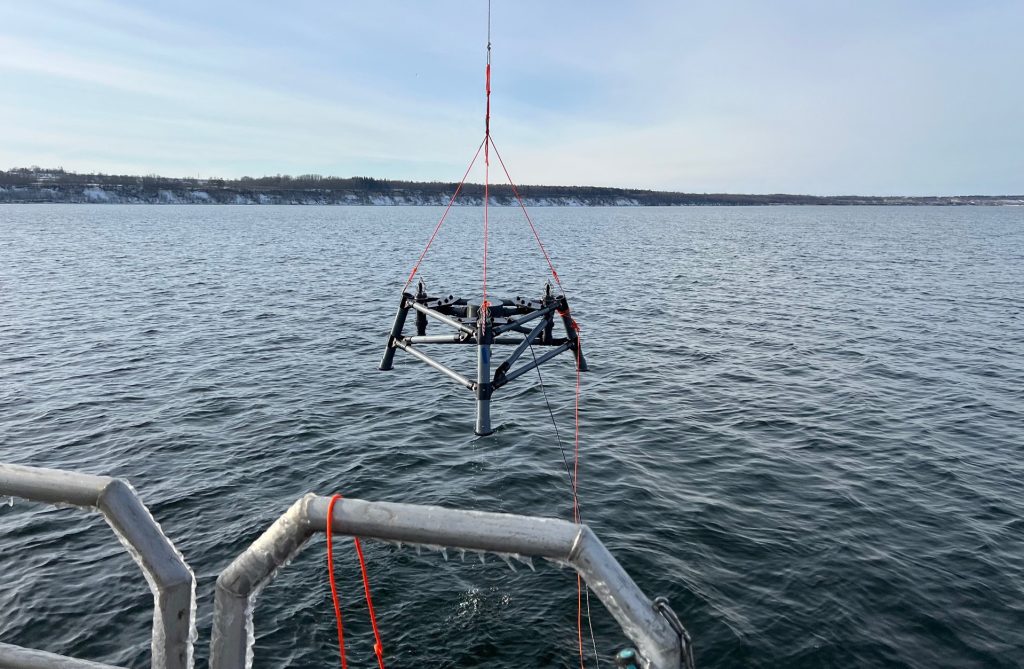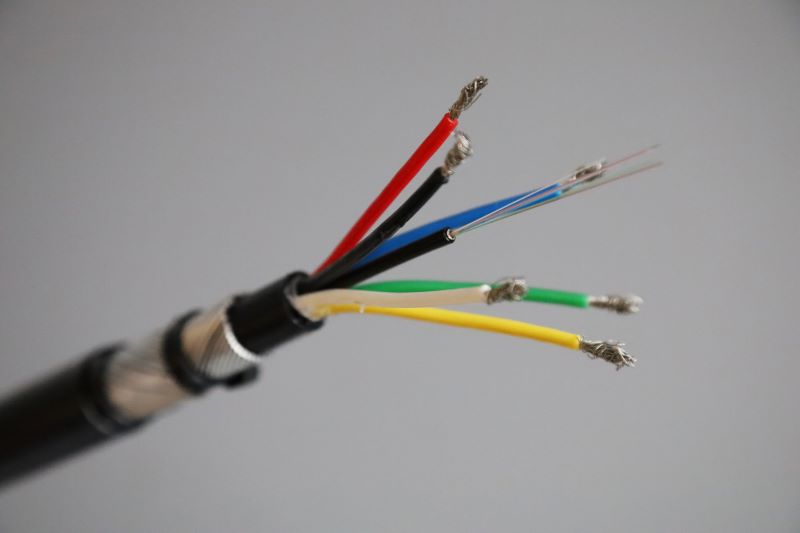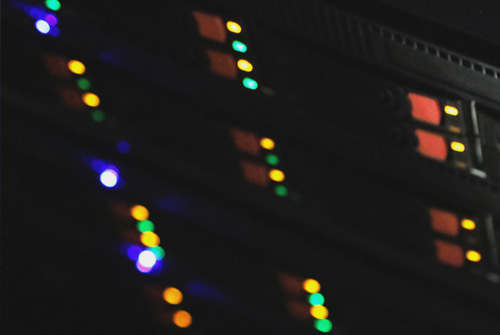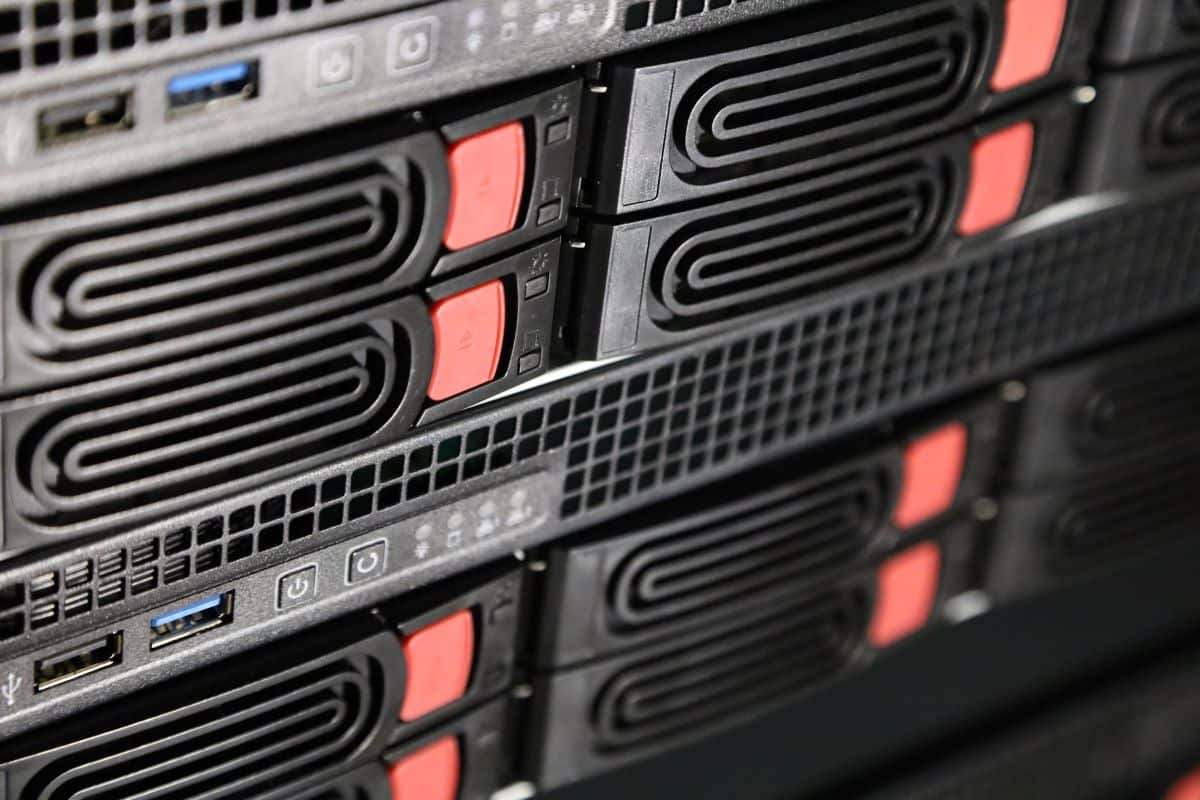IS UNWAS™ system details
Tested and proven concept
Image Soft’s UNWAS™ system is a state-of-the-art underwater surveillance system, based on the proven and tested approach of the famous United States Navy’s SOSOS surveillance network from 1950s: Deploy fixed hydrophone arrays on the seafloor, connect the units to the shore with a cable that provides electricity and data link, and process and analyze the information on the shore.
State-of-the-art implementation
While the 1950’s information processing technologies (or lack therof!) limited the performance of the old SOSUS system somewhat and increased costs, Image Soft’s cutting edge algorithm’s leverage the latest advances in machine learning and run on high-performance GPUs to produce a comprehensive and accurate real time picture of the maritime area under surveillance. Not only are underwater targets detected, tracked, and monitored, but the system can also track all surface traffic from sailboats to supertankers.
Passive, stealthy and sustainable
Due to the sensors being fully passive, the system is almost impossible to detect and has a zero impact on the marine ecosystems and sensitive coastal environment. The distributed sensor arrays also provide a high level of redundancy and offer excellent fault tolerance as the unlikely event of losing individual sensors has negligible effect on the overall performance of the system.
Lowest operational costs
UNWAS system provides highly cost-effective method for persistent large sea area monitoring. As the system has no moving parts and the sea equipment has been thoroughly designed and tested for decades long 24/7/365 operation, lifetime costs per km2 of monitored area are extremely low. High level of automation and advanced, easy-to-use software also minimize the number of operators needed for the system and allows new operators to be quickly trained for the role.
The UNWAS system consists of following parts
Sensor Unit
Hybrid Cable
Signal Processing
Servers Surveillance
Workstation(s)
Sensor Unit
UNWAS Sensor Unit consists of a sturdy and tested seabed stand and the hydrophones with related electronics. The seabed stand provides a solid and steady platform for deployment on the sea floor even in river deltas or other sea areas with high currents. The Sensor Unit provides extremely wide acoustic bandwidth and large dynamic range to detect and pass on to the shore even the faintest of acoustic signals. All the electronics are reliably shielded and protected from sea water and technics employed by Image Soft have resulted in zero failure rate in more than 20-years of operation in challenging conditions.


Hybrid Cable
UNWAS Sensor Unit is connected to the shore via the Hybrid Cable. The acoustic surveillance data as well as the control data to the Sensor Units themselves is transferred via optical fibers at the center of the hybrid cable. The Hybrid Cable also provides a stable supply of electricity to the Sensor Units from the shore assuring uninterrupted and stealthy operation for decades. The Hybrid cable is manufactured to Image Soft’s carefully chosen specification, resulting in a extremely durable and reliable part of the system that also minimizes installation costs. Cable specification includes polyethylene bedding sheath with heavy armoring layer for extra protection and black polyethylene outer sheath.
Signal Processing Servers and Surveillance Workstation(s)
Shore-based signal processing servers are the brains of the entire system and the surveillance workstation(s) provides the human-machine interface through which the operators conduct the overall surveillance operation.


MultistoreD
Signal processing servers comprise of integrated electronics and proprietary software. The individual signal processing server computer (called internally as ‘MultistoreD’) is built with state-of-the-art commercial off-the-shelf hardware components – including high performance GPUs – and in additional to complex acoustic signal processing, is also capable of recording and storing large amounts of live surveillance data for weeks. This high-performance setup is the backbone of the underwater surveillance operation and the architecture of the design, allows the system to stay on the bleeding edge of passive-acoustic algorithm development by frequent software updates and upgrades. As the hardware components of MultistoreD are also commercially available and updatable, Image Soft’s long-term customers can enjoy increasing system performance and enhanced features over time with very modest investments.
Extensive and highly advanced analysis tools
The Surveillance Workstation is the user interface to the UNWAS TM system. The advanced and easy-to-use operator software suite supports an extensive set of tools and views that are designed together with Naval Authorities to support efficient analysis, alerting, and acoustic intelligence gathering. Surveillance operators are provided with a view to a LOFAR (Low-Frequency Analysis and Recording), BTR (Bearing Time Recorder), Spectrogram, FRAZ (Frequency-Azimuth plot), DEMON (Demodulation of Envelope Modulation On Noise) and several “radar-like” map views of detected contacts. In addition to detection, alerting and tracking the system also supports the operator in target classification with stored sound libraries. The operator is also able to deploy advanced Deep Learning algorithms to the user interface views that can – after necessary neural network training – significantly improve the system performance especially in challenging acoustic conditions. The surveillance workstation(s) can be co-located with signal processing servers, or they can be flexibly deployed at central surveillance centers combining views with coastal surveillance radar or from VTS system to form an invaluable part of the overall naval command and control system (C2).
For detailed specification and datasheet of UNWASTM capabilities, please contact info@imagesoft.fi



